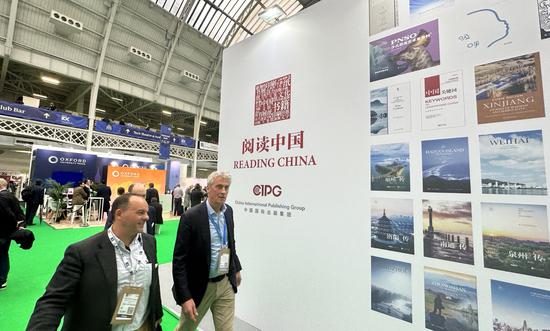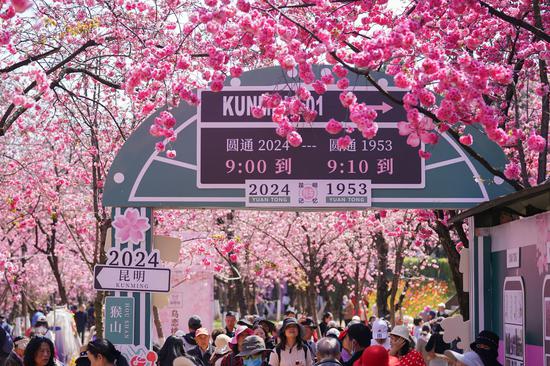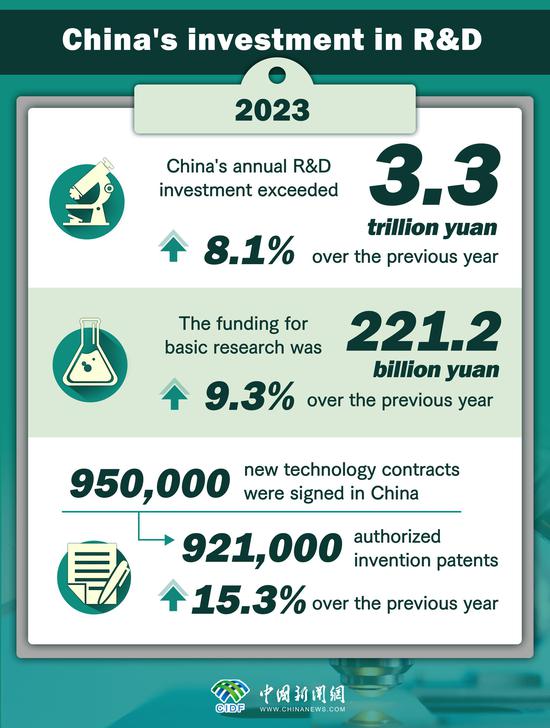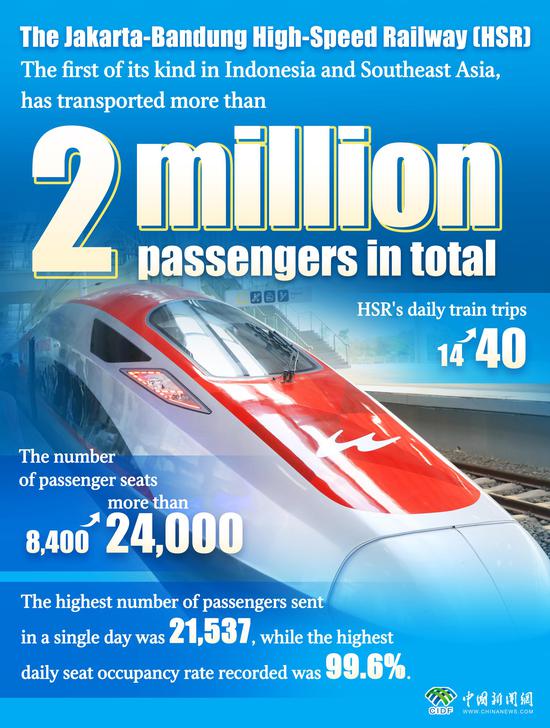An undersea tunnel of a high-speed railway was completed in South China on Friday, setting a new record in the construction of high-speed railway tunnels in China.
As the Yongxing tunnel boring machine reached the receiving well in Zhanjiang, Guangdong province, the Zhanjiang Bay Undersea Tunnel, a pivotal project of the Guangzhou-Zhanjiang High-speed Railway, was completed after 33 months of construction, marking a significant milestone in the construction of the new railway.
It has also demonstrated the remarkable progress and technological achievements in China's high-speed railway infrastructure.
The Zhanjiang Bay Undersea Tunnel spans a total length of 9,640 meters, with a shield section measuring 7,551 meters.
It is designed as a single tunnel with double tracks, crossing the seabed of the Zhanjiang Bay and the urban area of Zhanjiang.
The tunnel used one Yongxing tunnel boring machine to excavate the tunnel, crossing a 2,500-meter sea section and a 5,051-meter section of land.
Notably, the tunnel is China's longest single-headed undersea high-speed railway shield tunnel, showcasing the country's remarkable engineering prowess.
"Single-headed shield refers to the method of using a single tunnel boring machine to excavate continuously from one end to the other," said Yin Yihao, an engineer from China Railway's 14th Bureau Group, which was responsible for the tunnel's construction.
Yin also noted that in traditional large-diameter shield tunneling, other methods are commonly employed, such as using tunnel boring machines to excavate from both sides and carry out seabed docking in the middle.
However, Yin said that these traditional methods were not applied in the Zhanjiang Bay Undersea Tunnel due to the complicated geological conditions.
"The single-headed shield tunnel is safer and more efficient in this case," he said.
The Yongxing shield tunneling machine, with a diameter of 14.33 meters, is about as tall as a 5-story building. The machine dug as deep as about 50 meters beneath the water during construction, bearing a great deal of pressure.
"The maximum burial depth of the shield tunnel in the sea area is 52 meters, with water and soil pressure of 5.2 bars, equivalent to bearing 5.2 kilograms of pressure on an area the size of a fingernail," said He Ziliang, another engineer from the China Railway's 14th Bureau Group, adding that the team tailored the Yongxing shield tunneling machine specifically for these geological conditions.
Yongxing can excavate at an average speed of 260 meters a month, with a record of 510 meters per month.
Wu Chunzhao, a senior engineer of the China Railway Design Corp, the general contractor of the railway, explained the reason for building an undersea tunnel instead of a bridge.
"Building a tunnel preserves the beautiful urban skyline of the Zhanjiang Bay, and also avoids the impact of the project on the marine ecological environment," he said.
Wu also noted that a bridge will affect the large vessels' navigation, but the tunnel will not do this.
"It also mitigates the impact of typhoons, which often happen in this area. High-speed rail operations are easily affected by severe weather, such as typhoons, and the subsea tunnel effectively mitigates the safety issues of high-speed rail operations caused by typhoons," he added.
The tunnel is a key project of a high-speed railway linking Guangzhou and Zhanjiang in Guangdong.
According to Hu Jijun from Guangdong Guangzhou-Zhanjiang High-Speed Railway Corp, the investor of the railway, the completion of the tunnel has laid a solid foundation for the completion of the railway, which is expected to be operational by the end of 2025.
The 401-km Guangzhou-Zhanjiang High-Speed Railway, with a designed speed of 350 km per hour, is an important part of China's high-speed railway network. After its opening, the rail travel time between Guangzhou and Zhanjiang will be reduced to about 90 minutes from more than 2.5 hours.
The opening of the railway will further improve the coastal high-speed railway corridor, facilitating the construction of a comprehensive transportation network in the Guangdong-Hong Kong-Macao Greater Bay Area and also boosting the high-quality development of the region.


















































 京公網安備 11010202009201號
京公網安備 11010202009201號